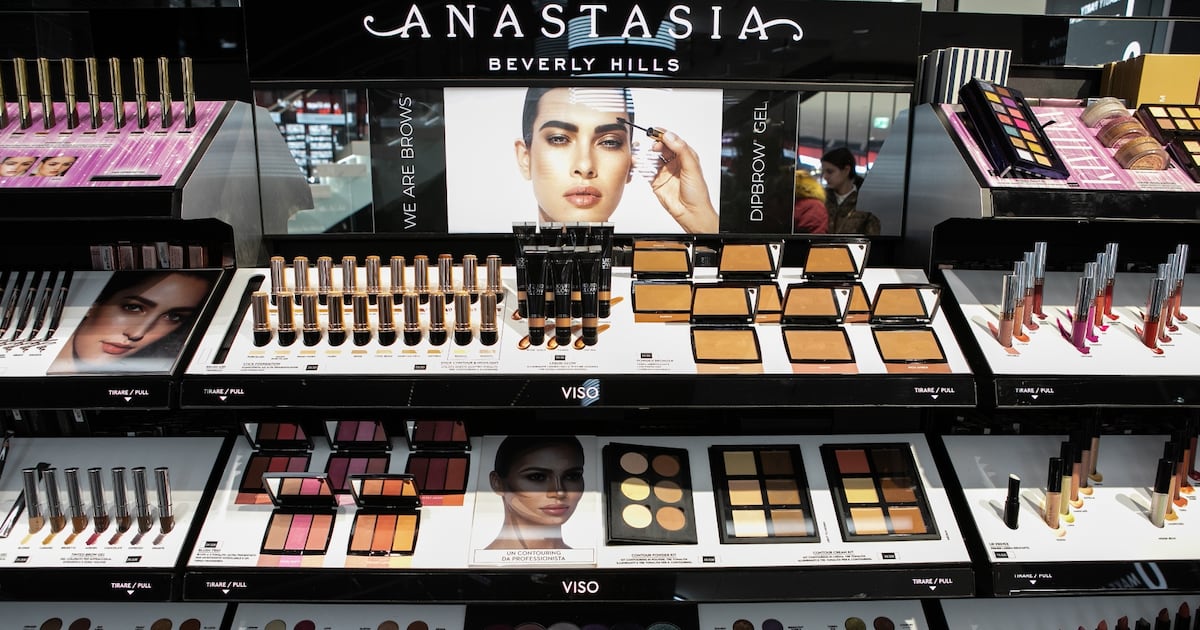The Cincinnati, Ohio-based company reported 2 percent organic revenue growth for the period — above the average analyst estimate. That measure strips out currency volatility and the impact of acquisitions. Revenue and earnings per share also surpassed expectations.
Both volume and sales increased more than expected for the company’s beauty and grooming categories, leading sales growth in the fiscal first quarter ended Sept. 30. Those divisions offset weaker performance in other areas, such as baby, feminine and family care.
The results reflect consumers’ resilience and suggest that P&G’s strategy of charging a premium for its goods, while marketing them as superior to the competition, is paying off. The company’s advertising message on Tide, for example, is that the detergent will end up saving shoppers’ money because it does a better job of keeping clothes free of stains.
Shares rose about 2 percent in premarket trading on Friday, which was also an ex-dividend date for the company. P&G’s stock had fallen 9.2 percent this year through Thursday’s close, while the S&P 500 Index gained nearly 15 percent over the same period.
The consumer-goods company, which also owns Bounty paper towels, has announced cuts of about 15 percent of the corporate workforce over the next two years in a bid to improve efficiency. It’s also bringing on a new chief executive officer while reviewing its portfolio of brands.
P&G largely maintained its outlook for the fiscal year, but it’s now expecting a more muted impact from tariffs and commodity prices. P&G now sees the expected impact of the levies at $400 million, after tax, down from an earlier $800 million.
The company increased prices, on average, in all of its business divisions except baby, feminine and family care. Some consumers, under pressure from higher costs across the economy, have started to pull back on spending while seeking out discounts and greater value.
By Lily Meier
Learn more:
Procter & Gamble to Cut 7,000 Jobs Over Two Years
In addition to a 15 percent reduction in its non-manufacturing workforce, the American personal giant will also consider divesting brands or reducing assortments as part of a restructuring programme.


